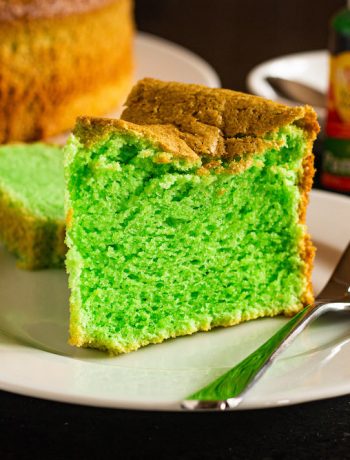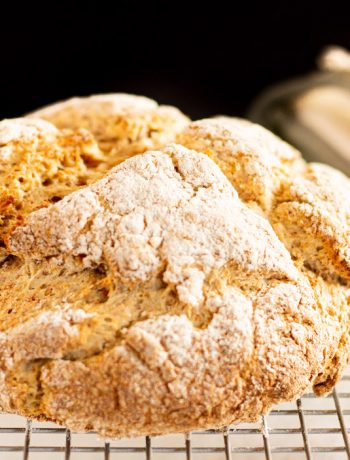There is more than one way to skin a cat, as they say. In Andrew’s sourdough bread recipe, he follows the method of Hugh Fearnley-Whittingstall. The HFW recipe makes a starter in the usual way, and then portions some off to make a sponge overnight before two provings.
However, there is another way. I Love Cooking is a popular web site and YouTube channel from Ireland. Among its countless resources is a sourdough instructional from Patrick Ryan of the award-winning Firehouse Bakery & Bread School in County Wicklow, Ireland. In this recipe, a slightly richer starter is made, and that is subjected to two 3-hour provings before baking in the normal way. This method seems to be a lot more common than the HFW one.
While researching this recipe, The Nosey Chef discovered to our dismay that the yeast from in a sourdough starter is not actually derived from the schmoo in the air of your own kitchen. Rather, the fortnight-long laze in refreshed water expands the yeast population already present in the flour when it is milled. This is why people can have big problems using bleached flour to make sourdough.
Sourdough bread #2
Ingredients
- 800g strong flour
- 460g tepid water
- 10g salt
- 320g sourdough starter (see notes)
Instructions
Combine the flour, water, salt and starter in a stand mixer using the dough hook. Run the mixer for about 5 mins until there is no further change in the consistency of the dough. It will be very sticky compared to other bread doughs. If you do not have a stand mixer, combine the ingredients in a bowl, a turn out onto a well-floured surface, flour your hands and get kneading.
Knead the dough for at least 10 minutes. You will need to continually dust with more flour as you go, but do not add too much or the bread will be heavy. Trust in the idea that kneading for 10 mins or so will eventually result in a smooth, combined dough. Test the dough by cutting a piece off, hold it up by its edge and gently stretch it. If it does not break, and instead forms a faintly translucent 'window' then it is ready.
Put the kneaded dough into an oiled bowl and cover with oiled cling film. Prove at room temperature for about 3 hours until you can see a noticeable, near doubling in size. This step can be done overnight in a cool place. and it won't really over-prove. Overnight is helpful as it halves the time needed the next day.
Turn the proved dough out onto a well-floured surface and then knock it back (re-knead) until it is nearly its original size. Liberally flour a wicker banneton, and place the dough inside. Cover with the same oiled cling film and allow to prove for another 3 hours.
Put a baking cloche in the oven at the highest setting.
Once the dough is proved and the oven is hot, tip the dough out onto the base of the cloche and return to the oven for 20 mins. After 20 mins, reduce the temperature to 200˚C, and bake in the oven for another 20 mins. After this, test the loaf by turning it over into a tea towel in your hand and tapping the bottom. If is sounds hollow, it is done. If not, return to the oven for another 5 minutes and repeat.
Once done, scoop the loaf out onto a wire cooling rack. Do not try to slice sourdough bread until it is at least partly cool.
Notes
To make sourdough starter, combine 100g strong bread flour with 100g water and mix until smooth. Loosely cover and leave at room temperature for 24h. After 24h, add another 100g strong flour and 100g water. On Day 2, re-mix the starter, pour off half the mixture and add another 100g strong flour and 100g water. Repeat this mix, pour and add cycle until you reach 2 weeks from Day Zero. At this point, you should have a malty-smelling mixture with fresh bubbles every day. This is a sourdough starter. The starter can be split and fed daily at room temperature, or split and fed weekly in the fridge. If yours is in the fridge, then remember to split off the bit you want to bake with, and let it come up to room temperature overnight. Always bake with a 'hungry' starter (i.e. one you have not just split and fed).




 (21 votes, average: 3.76 out of 5)
(21 votes, average: 3.76 out of 5)


No Comments